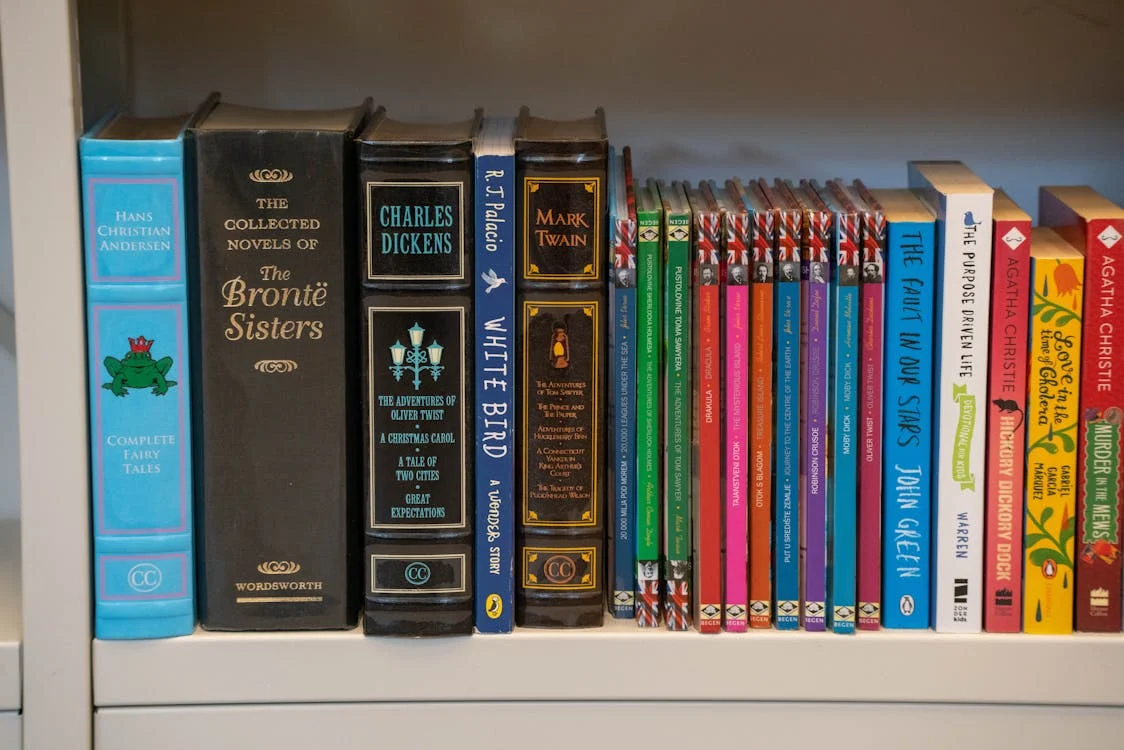
Dive into the intricacies of crafting a captivating TOK exhibition as we guide you through the art of selecting thought-provoking items in this comprehensive blog.
The Theory of Knowledge (TOK) exhibition is a vital part of the International Baccalaureate (IB) Diploma Programme’s TOK course. It requires students to create an exhibition showcasing their understanding of knowledge. This can take various forms and should include thought-provoking knowledge questions, diverse areas of knowledge, multiple ways of knowing personal and shared knowledge, and critical thinking.
The exhibition is assessed based on specific criteria and contributes to the overall TOK assessment. It serves as a practical application of TOK concepts, encouraging students to explore the complexities of knowledge. Organizing a Theory of Knowledge (TOK) exhibition is a unique and intellectually stimulating experience for students. It is an exciting opportunity for students to showcase their understanding of how knowledge is created, shared, and evaluated.
An “IB ToK item/question” refers to a topic or issue for analysis in activities like presentations and essays. These items involve knowledge problems, ethical dilemmas, or intersections of different ways of knowing. Selecting the right items for the exhibition is crucial. It serves as a platform for students to explore the various Areas of Knowledge (AoK) and Ways of Knowing (WoK). In this “How to choose items for ToK exhibition”, we will walk you through the process of selecting items for a TOK exhibition. We will also offer insights and tips to make your exhibition a compelling and thought-provoking experience.
Understand the TOK Exhibition Criteria:
Before diving into the selection process, it’s crucial to clearly understand the TOK exhibition criteria. The exhibition should demonstrate your engagement with real-life situations, exploration of knowledge questions, and connections between different areas of knowledge. Familiarize yourself with the assessment rubric to ensure your exhibition aligns with the expectations.
Example: Let’s say your TOK exhibition theme revolves around the impact of technological advancements on ethical considerations in the medical field. To meet the TOK exhibition criteria, your exhibition should include real-life situations. Such as case studies or ethical dilemmas medical professionals face due to technological innovations. You would then explore knowledge questions related to the ethical implications of these situations and establish connections between the medical field, technology, and ethics. By aligning your exhibition with the TOK assessment rubric, you ensure that it effectively showcases your engagement with real-world scenarios, knowledge exploration, and interconnections between different areas of knowledge.
Identify Relevant Areas of Knowledge:
Another step on how to choose items for ToK exhibition is to identify relevant areas of knowledge, TOK encompasses various areas of knowledge, such as the natural sciences, human sciences, mathematics, history, and the arts. Align your theme with specific areas of knowledge that are most relevant to your central questions.
Example: Suppose your TOK exhibition theme explores the intersection of artificial intelligence and creativity. In this case, relevant areas of knowledge could include the natural sciences (for understanding the technology behind AI), the arts (for exploring the creative aspects impacted by AI), and the human sciences (for examining the societal implications). By aligning your theme with these specific areas of knowledge, you ensure a comprehensive exploration of the topic, allowing for a nuanced understanding of the interplay between AI and creativity.
Diversify Perspectives and Contexts:
Aim for a well-rounded exhibition by including items that represent diverse perspectives and contexts. This will enhance the richness of your exhibition and demonstrate a nuanced understanding of knowledge.
Example: Imagine your TOK exhibition focuses on the theme of climate change. Instead of solely presenting scientific perspectives, you diversify by incorporating items that represent various viewpoints, such as the economic impact of climate policies, cultural attitudes toward environmental conservation, and the ethical considerations surrounding climate justice. By incorporating these diverse perspectives and contexts, your exhibition becomes a holistic exploration of climate change, showcasing a nuanced understanding that goes beyond a single disciplinary approach.
Select Real-Life Situations:
Incorporate real-life situations that exemplify the complexities of knowledge. These can be historical events, scientific discoveries, ethical dilemmas, or cultural phenomena. Real-life examples resonate with the audience and make abstract concepts more tangible.
Example: Suppose your TOK exhibition revolves around the theme of ethical decision-making in artificial intelligence. Instead of discussing abstract theories, you could incorporate a real-life situation, such as the development of autonomous vehicles. Explore the ethical dilemmas faced by engineers programming these vehicles to make split-second decisions that may impact human lives. By grounding your exhibition in a tangible example, like the moral considerations surrounding self-driving cars, you make the complexities of ethical decision-making in AI more accessible and relatable for your audience.
Consult TOK Resources:
Take advantage of TOK resources, including textbooks, articles, and expert opinions. These resources can provide valuable insights and ensure that your exhibition aligns with TOK principles.
Example: In developing a TOK exhibition on the influence of language on shaping historical narratives, consult TOK textbooks, scholarly articles, and interviews with historians and linguists. Utilize established theories from TOK literature to inform your exploration of knowledge questions related to language’s impact on historical perspectives. By incorporating insights from reputable sources, your exhibition not only aligns with TOK principles but also benefits from the depth and credibility derived from authoritative perspectives within the field.
Consider Cultural Sensitivity:
Be mindful of cultural sensitivity when selecting items for your exhibition. Avoid topics or examples that may be offensive or controversial in certain cultural contexts.
Example: Suppose your TOK exhibition revolves around the cultural impact of art. When selecting examples, be mindful of cultural sensitivity. Instead of choosing artwork that may be considered offensive or culturally insensitive in specific regions, opt for pieces that celebrate diverse perspectives and cultural expressions. By ensuring cultural sensitivity in your choices, your exhibition promotes a respectful and inclusive dialogue about the influence of art across different cultures without causing discomfort or offense.
Peer Review and Feedback:
This is the final step of your “How to choose items for ToK exhibition”. Before finalizing your selection, seek feedback from peers, teachers, or TOK mentors. Constructive criticism can help refine your choices and ensure that your exhibition effectively communicates the intended knowledge concepts.
Example: As you prepare your TOK exhibition exploring the intersection of technology and ethics in healthcare, seek feedback from your peers and teachers. Present your selected items, knowledge questions, and the overall narrative to gather diverse perspectives. Constructive feedback might include suggestions to strengthen the connections between real-life situations and knowledge exploration, or insights on how to make complex ethical considerations more accessible to a broader audience. Incorporating peer review and feedback ensures that your exhibition benefits from multiple viewpoints, enhancing its overall coherence and effectiveness in communicating TOK concepts.
Conclusion:
In conclusion, this was our blog on- How to choose items for ToK exhibition. As we have seen now, creating a successful TOK exhibition requires a thoughtful and deliberate approach to selecting items. By incorporating diverse areas of knowledge, exploring various ways of knowing, and addressing ethical considerations, you can construct an exhibition that not only meets the assessment criteria but also captivates and challenges your audience’s understanding of the complex nature of knowledge. Remember that the TOK exhibition is an opportunity to showcase your intellectual curiosity and critical thinking skills, so embrace the process and let your passion for knowledge shine through.
For comprehensive support and expert guidance on ToK, university scholarships or any IB/IGCSE subjects, you can visit www.youngscholarz.com. We assist IB and IGCSE students with personalized support in skill-building, doubt clarification, literature analysis, and exam preparation. Gain the necessary tools to excel in your studies with our tailored guidance and enhance your learning journey significantly.





